It is not unusual that a single example or a very few shape an entire mathematical discipline. Can you give examples for such examples? (One example, or few, per post, please)
I'd love to learn about further basic or central examples and I think such examples serve as good invitations to various areas. (Which is why a bounty was offered.)
Related MO questions: What-are-your-favorite-instructional-counterexamples, Cannonical examples of algebraic structures, Counterexamples-in-algebra, individual-mathematical-objects-whose-study-amounts-to-a-subdiscipline, most-intricate-and-most-beautiful-structures-in-mathematics, counterexamples-in-algebraic-topology, algebraic-geometry-examples, what-could-be-some-potentially-useful-mathematical-databases, what-is-your-favorite-strange-function; Examples of eventual counterexamples ;
To make this question and the various examples a more useful source there is a designated answer to point out connections between the various examples we collected.
In order to make it a more useful source, I list all the answers in categories, and added (for most) a date and (for 2/5) a link to the answer which often offers more details. (~year means approximate year, *year means a year when an older example becomes central in view of some discovery, year? means that I am not sure if this is the correct year and ? means that I do not know the date. Please edit and correct.) Of course, if you see some important example missing, add it!
Logic and foundations: $\aleph_\omega$ (~1890), Russell's paradox (1901), Halting problem (1936), Goedel constructible universe L (1938), McKinsey formula in modal logic (~1941), 3SAT (*1970), The theory of Algebraically closed fields (ACF) (?),
Physics: Brachistochrone problem (1696), Ising model (1925), The harmonic oscillator,(?) Dirac's delta function (1927), Heisenberg model of 1-D chain of spin 1/2 atoms, (~1928), Feynman path integral (1948),
Real and Complex Analysis: Harmonic series (14th Cen.) {and Riemann zeta function (1859)}, the Gamma function (1720), li(x), The elliptic integral that launched Riemann surfaces (*1854?), Chebyshev polynomials (?1854) punctured open set in C^n (Hartog's theorem *1906 ?)
Partial differential equations: Laplace equation (1773), the heat equation, wave equation, Navier-Stokes equation (1822),KdV equations (1877),
Functional analysis: Unilateral shift, The spaces $\ell_p$, $L_p$ and $C(k)$, Tsirelson spaces (1974), Cuntz algebra,
Algebra: Polynomials (ancient?), Z (ancient?) and Z/6Z (Middle Ages?), symmetric and alternating groups (*1832), Gaussian integers ($Z[\sqrt -1]$) (1832), $Z[\sqrt(-5)]$,$su_3$ ($su_2)$, full matrix ring over a ring, $\operatorname{SL}_2(\mathbb{Z})$ and SU(2), quaternions (1843), p-adic numbers (1897), Young tableaux (1900) and Schur polynomials, cyclotomic fields, Hopf algebras (1941) Fischer-Griess monster (1973), Heisenberg group, ADE-classification (and Dynkin diagrams), Prufer p-groups,
Number Theory: conics and pythagorean triples (ancient), Fermat equation (1637), Riemann zeta function (1859) elliptic curves, transcendental numbers, Fermat hypersurfaces,
Probability: Normal distribution (1733), Brownian motion (1827), The percolation model (1957), The Gaussian Orthogonal Ensemble, the Gaussian Unitary Ensemble, and the Gaussian Symplectic Ensemble, SLE (1999),
Dynamics: Logistic map (1845?), Smale's horseshoe map(1960). Mandelbrot set (1978/80) (Julia set), cat map, (Anosov diffeomorphism)
Geometry: Platonic solids (ancient), the Euclidean ball (ancient), The configuration of 27 lines on a cubic surface, The configurations of Desargues and Pappus, construction of regular heptadecagon (*1796), Hyperbolic geometry (1830), Reuleaux triangle (19th century), Fano plane (early 20th century ??), cyclic polytopes (1902), Delaunay triangulation (1934) Leech lattice (1965), Penrose tiling (1974), noncommutative torus, cone of positive semidefinite matrices, the associahedron (1961)
Topology: Spheres, Figure-eight knot (ancient), trefoil knot (ancient?) (Borromean rings (ancient?)), the torus (ancient?), Mobius strip (1858), Cantor set (1883), Projective spaces (complex, real, quanterionic..), Poincare dodecahedral sphere (1904), Homotopy group of spheres, Alexander polynomial (1923), Hopf fibration (1931), The standard embedding of the torus in R^3 (*1934 in Morse theory), pseudo-arcs (1948), Discrete metric spaces, Sorgenfrey line, Complex projective space, the cotangent bundle (?), The Grassmannian variety,homotopy group of spheres (*1951), Milnor exotic spheres (1965)
Graph theory: The seven bridges of Koenigsberg (1735), Petersen Graph (1886), two edge-colorings of K_6 (Ramsey's theorem 1930), K_33 and K_5 (Kuratowski's theorem 1930), Tutte graph (1946), Margulis's expanders (1973) and Ramanujan graphs (1986),
Combinatorics: tic-tac-toe (ancient Egypt(?)) (The game of nim (ancient China(?))), Pascal's triangle (China and Europe 17th), Catalan numbers (18th century), (Fibonacci sequence (12th century; probably ancient), Kirkman's schoolgirl problem (1850), surreal numbers (1969), alternating sign matrices (1982)
Algorithms and Computer Science: Newton Raphson method (17th century), Turing machine (1937), RSA (1977), universal quantum computer (1985)
Social Science: Prisoner's dilemma (1950) (and also the chicken game, chain store game, and centipede game), the model of exchange economy, second price auction (1961)
Statistics: the Lady Tasting Tea (?1920), Agricultural Field Experiments (Randomized Block Design, Analysis of Variance) (?1920), Neyman-Pearson lemma (?1930), Decision Theory (?1940), the Likelihood Function (?1920), Bootstrapping (?1975)



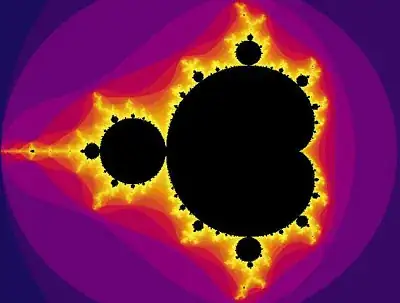
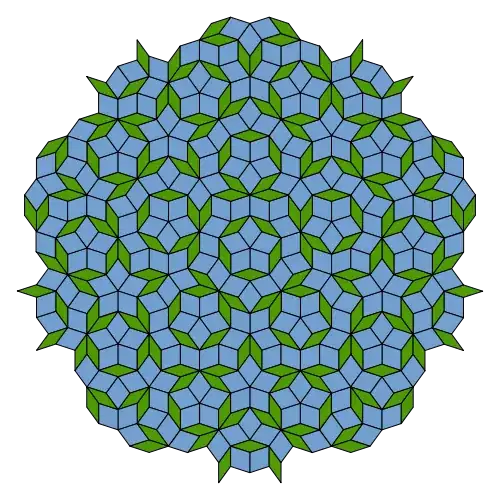
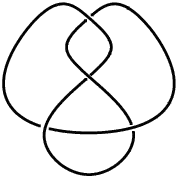

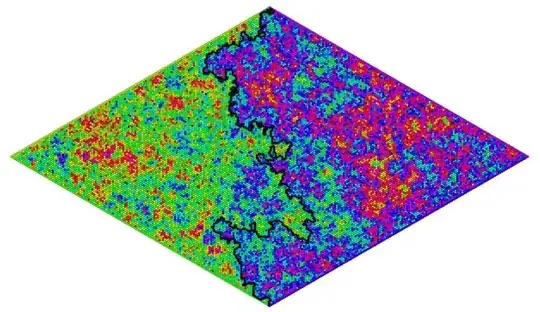

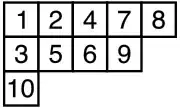
Apart from reputation, one advantage that the "community wiki" option gives is that it lowers the bar for being able to edit other answers. So if I want to add an explanation to someone's answer, I would be able to do so. Right now, I can't.
– Andrew Stacey Nov 11 '09 at 12:19